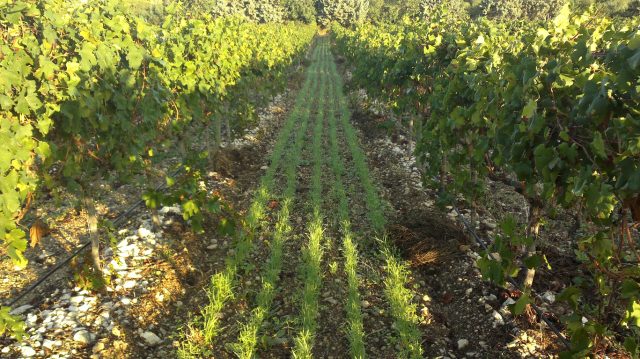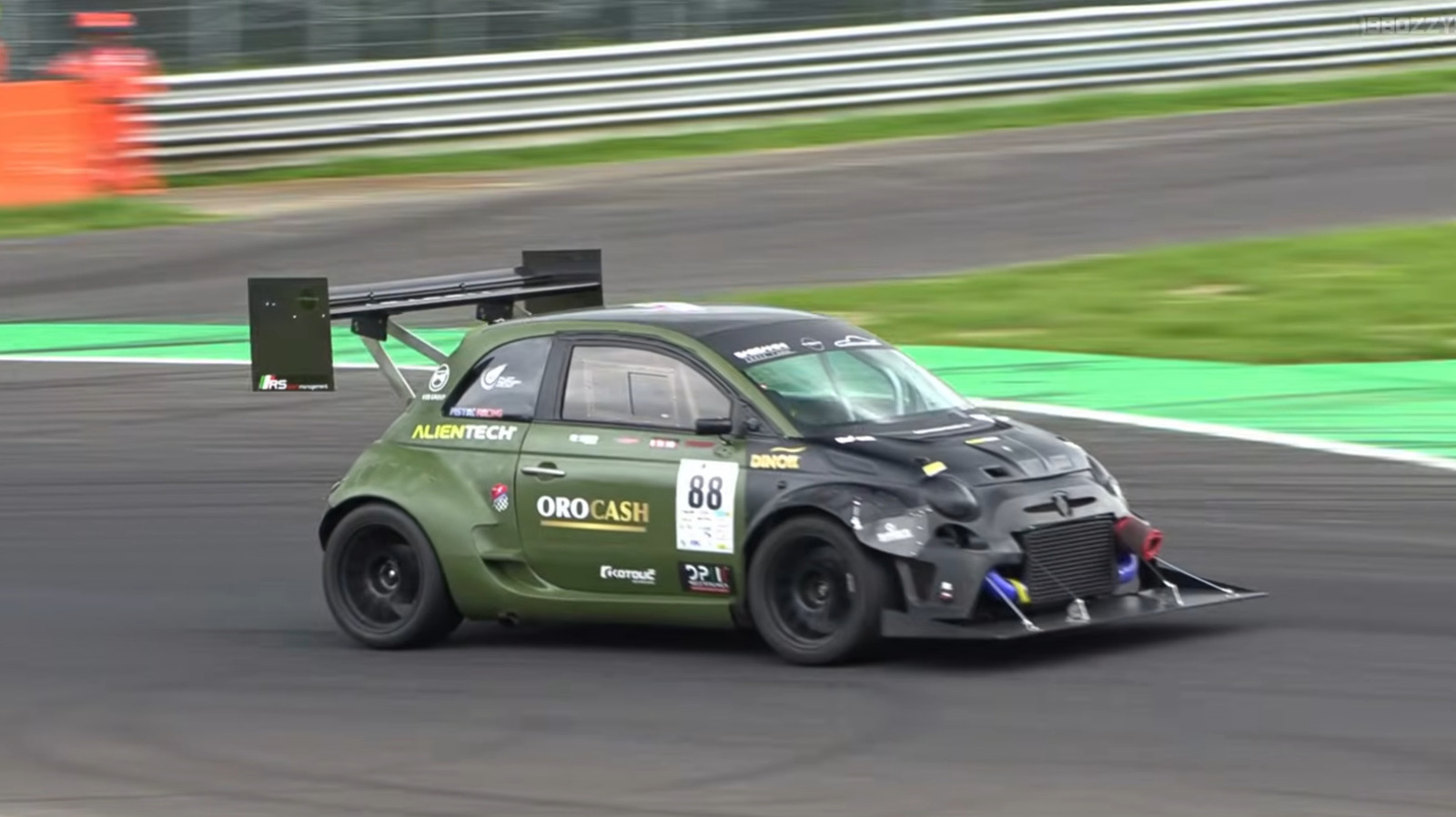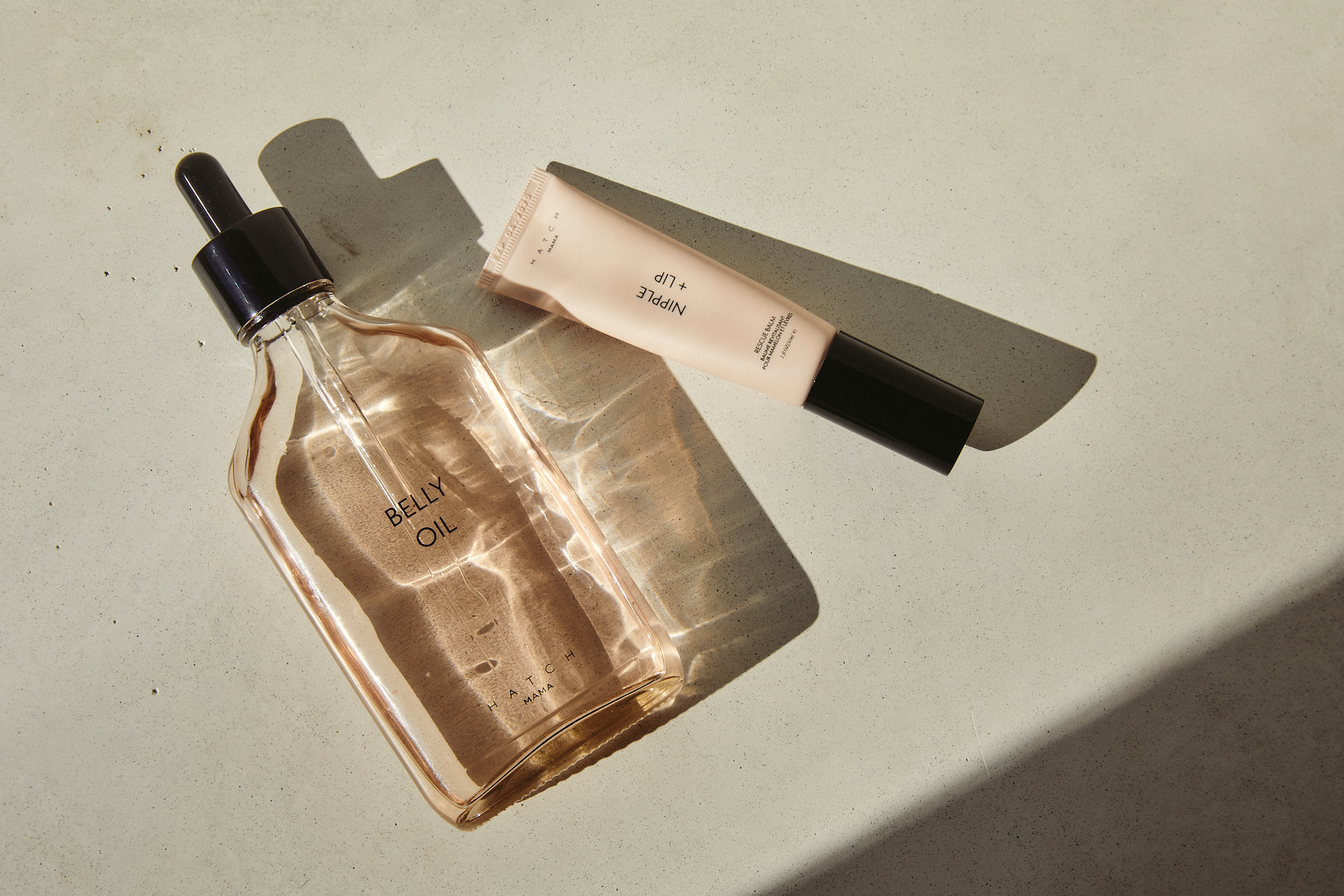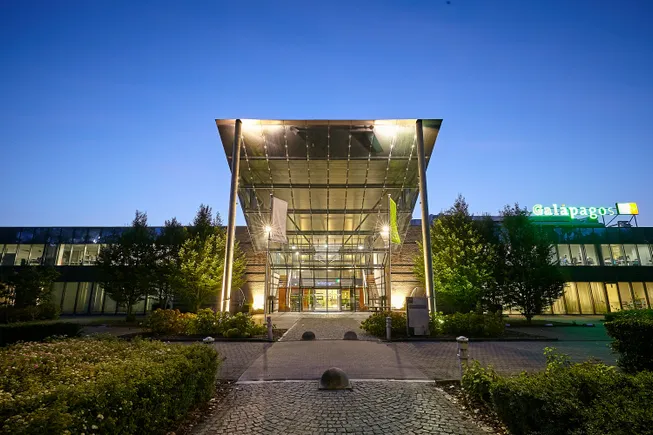Will regenerative farming solve our climate crisis?
As climate change intensifies, regenerative organic farming (ROC) offers a promising, science-backed solution by restoring soil health, increasing biodiversity and improving resilience to extreme weather. Kathleen Willcox reports. The post Will regenerative farming solve our climate crisis? appeared first on The Drinks Business.

 The economic, health and human impacts of climate change have the planet hurtling toward disaster. Can ROC turn things around?
Last year in the U.S. alone, there were 27 weather and climate disasters causing $1 billion worth of damage and leading to 568 deaths, according to NOAA’s National Centres for Environmental Information. Globally, natural catastrophes associated with the impacts of climate change cost the economy an estimated US$417 billion.
That’s the economic fallout from climate change. The Earth itself is reeling, too.
Soil, and its ability to produce healthy, nourishing products, has been disfigured by many of the same tools that scientists believe have caused the extreme weather we’re witnessing. The result is human beings who are overfed but undernourished, even in industrialised countries.
In addition to an overreliance on processed food, even a diet rich in fresh produce presents problems. Fruits and vegetables have lost up to and often more than 50% of their nutritional density due to soil depletion, chemical farming and the use of high-yielding GMO varieties, according to a study published in the Analysis of Nutrients and Contaminants in Foods.
Climate change is linked to an over-reliance on industrial assets like fuel and chemicals in agriculture. Overuse of chemicals, intensive tillage, monocropping and a lack of organic life in soil are all contributing to the depletion of soil’s health and fertility, according to the Food and Agriculture Organisation of the United Nations. Currently, about one-third of the soils on the planet are degraded.
But for a long time, the alternative was a tough sell to a certain cohort of growers and winemakers.
The farming systems that most definitely denounce this approach often get dismissed for some of their, at first glance, admittedly offbeat requirements. In biodynamic farming, for example, growers are required to bury manure from lactating cows in horns underground in the winter, then extract them in the spring and mix the contents with water in a highly specific way. The resulting “tea” is then spritzed around their vineyards … and the memes write themselves.
The climactic, economic and nutritional consequences of mass industrialisation are the most obvious, but human rights have also been infringed upon, with people suffering from everything over recent decades, from harsh working conditions to pollution and displacement.
A new, science-based approach to sustainable farming is being embraced by growers of all stripes, including winemakers.
The nonprofit Regenerative Organic Alliance created a Regenerative Organic Certified (ROC) program in 2017 to transform the world’s approach to farming. Beyond just eliminating chemicals, it is focusing on rebuilding soil health, prioritising animal welfare and reinforcing social equity. Unlike many other established environmental initiatives, its practitioners institute practices based on extensive scientific research and study, and consider the bearing of their work on the health of their soil and crops.
“Regenerative organic farming is about more than just removing chemicals, it’s about building resilient, living systems that benefit the land, our wines and our greater community,” says Joseph Brinkley, senior director of regenerative organic development at Mendocino, CA’s Bonterra Organic Estates. “Eliminating synthetic inputs is important, but it’s only one part of the equation. Measuring impact—whether it’s soil health, carbon sequestration, or wine quality—helps ensure that our farming practices are truly making a difference.”
An increasing number of wineries are newly certified or on their way. The ROC journey, vintners have found, has led to healthier vineyards and better soil.
The economic, health and human impacts of climate change have the planet hurtling toward disaster. Can ROC turn things around?
Last year in the U.S. alone, there were 27 weather and climate disasters causing $1 billion worth of damage and leading to 568 deaths, according to NOAA’s National Centres for Environmental Information. Globally, natural catastrophes associated with the impacts of climate change cost the economy an estimated US$417 billion.
That’s the economic fallout from climate change. The Earth itself is reeling, too.
Soil, and its ability to produce healthy, nourishing products, has been disfigured by many of the same tools that scientists believe have caused the extreme weather we’re witnessing. The result is human beings who are overfed but undernourished, even in industrialised countries.
In addition to an overreliance on processed food, even a diet rich in fresh produce presents problems. Fruits and vegetables have lost up to and often more than 50% of their nutritional density due to soil depletion, chemical farming and the use of high-yielding GMO varieties, according to a study published in the Analysis of Nutrients and Contaminants in Foods.
Climate change is linked to an over-reliance on industrial assets like fuel and chemicals in agriculture. Overuse of chemicals, intensive tillage, monocropping and a lack of organic life in soil are all contributing to the depletion of soil’s health and fertility, according to the Food and Agriculture Organisation of the United Nations. Currently, about one-third of the soils on the planet are degraded.
But for a long time, the alternative was a tough sell to a certain cohort of growers and winemakers.
The farming systems that most definitely denounce this approach often get dismissed for some of their, at first glance, admittedly offbeat requirements. In biodynamic farming, for example, growers are required to bury manure from lactating cows in horns underground in the winter, then extract them in the spring and mix the contents with water in a highly specific way. The resulting “tea” is then spritzed around their vineyards … and the memes write themselves.
The climactic, economic and nutritional consequences of mass industrialisation are the most obvious, but human rights have also been infringed upon, with people suffering from everything over recent decades, from harsh working conditions to pollution and displacement.
A new, science-based approach to sustainable farming is being embraced by growers of all stripes, including winemakers.
The nonprofit Regenerative Organic Alliance created a Regenerative Organic Certified (ROC) program in 2017 to transform the world’s approach to farming. Beyond just eliminating chemicals, it is focusing on rebuilding soil health, prioritising animal welfare and reinforcing social equity. Unlike many other established environmental initiatives, its practitioners institute practices based on extensive scientific research and study, and consider the bearing of their work on the health of their soil and crops.
“Regenerative organic farming is about more than just removing chemicals, it’s about building resilient, living systems that benefit the land, our wines and our greater community,” says Joseph Brinkley, senior director of regenerative organic development at Mendocino, CA’s Bonterra Organic Estates. “Eliminating synthetic inputs is important, but it’s only one part of the equation. Measuring impact—whether it’s soil health, carbon sequestration, or wine quality—helps ensure that our farming practices are truly making a difference.”
An increasing number of wineries are newly certified or on their way. The ROC journey, vintners have found, has led to healthier vineyards and better soil.























































































































































